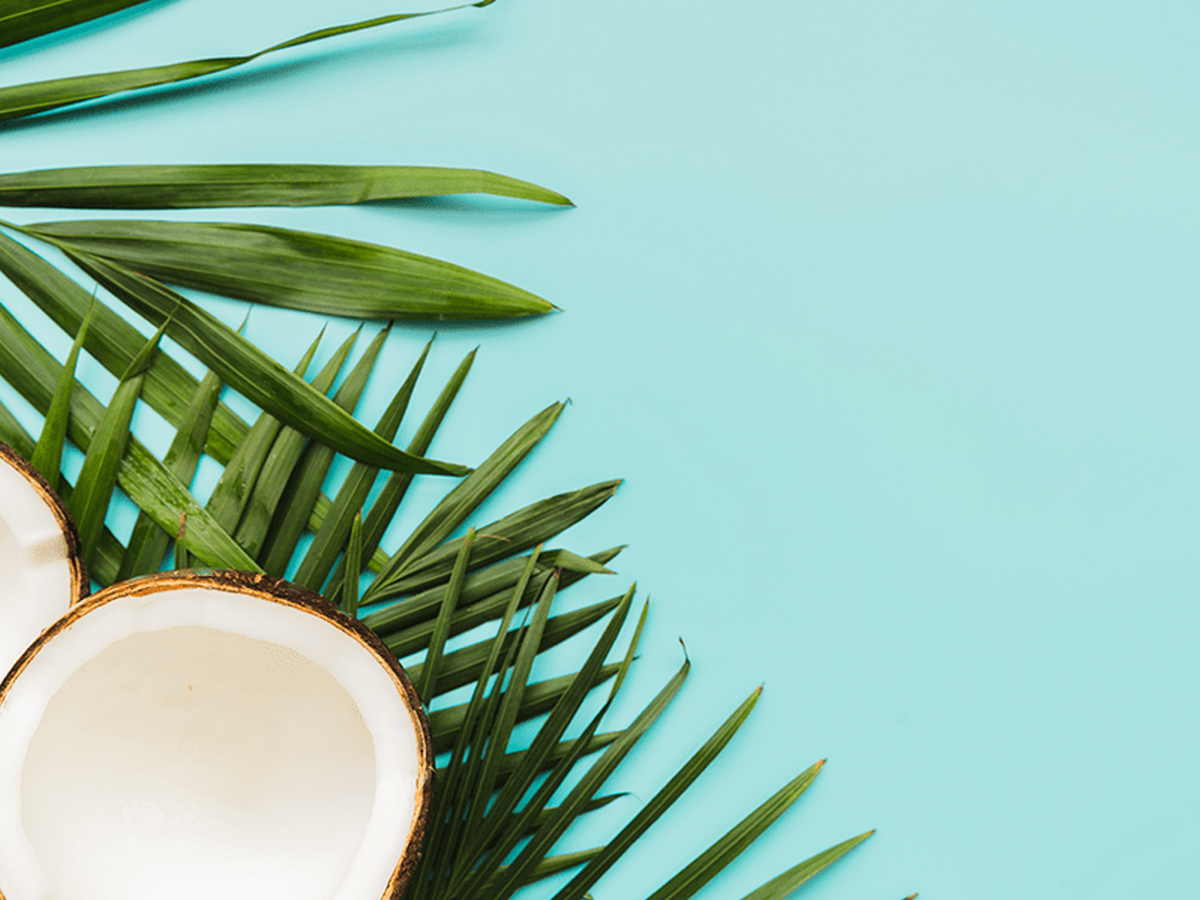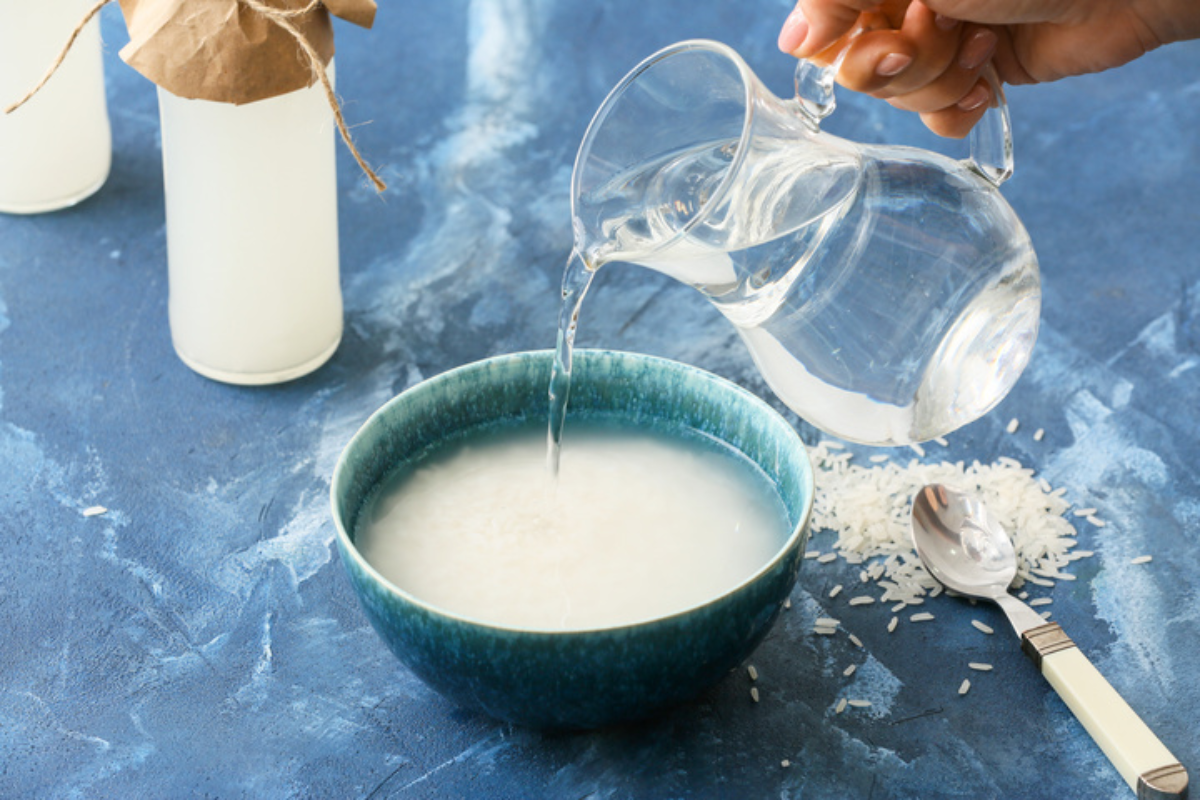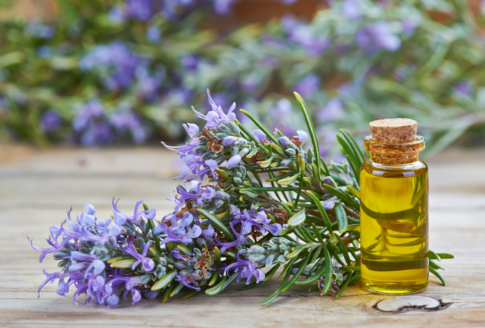Calendula: properties, health benefits and side effects

Table of Contents
What is calendula?
Calendula is a beautiful orange wildflower, the value of which has been established for many centuries.
Calendula (Calendula officinalis), also known as pot marigold, is a small annual wildflower with yellow/orange flowers that thrives in areas of Europe, Asia and America.
It is a herb related to daisies and belongs to the plants of the Asteraceae Compositae family. It blooms at the end of winter and is collected from the fields from spring to autumn. The widely used part of the plant is its flowers, which are used both fresh and dried.
Calendula has been known for many centuries for its various actions. According to reports, it was used for therapeutic purposes from the 12th century AD. and its uses included the treatment of peptic ulcers, stomach disorders as well as the relief of period symptoms such as cramps. [1][2]
Although the above actions have not been scientifically proven, calendula is still widely used today, especially in cosmetic products related to skin health and the relief of irritation.
Calendula: therapeutic properties
Calendula is a source of many beneficial ingredients (e.g. antioxidants), the action of which gives calendula the various properties it possesses. [1]
Specifically, calendula is rich in: [1][3]
- Flavonoids
- Carotenoids
- Saponins
- Phenolic acids
- Sterols
- Amino acids
- Carbohydrates
- Lipids
- Coumarins
- Quinones
- Terpenoids
Among the various actions of calendula, its contribution to wound healing and the reduction of skin irritations and burns stands out. [1][4]
According to studies, calendula possesses – among others – the following properties: [1[2][3]
- Anti-inflammatory
- Antioxidant
- Antiviral
- Antibacterial
- Antifungal
- Antiparasitic
- Analgesic
- Immunostimulant
- Antispasmodic
- Hepatoprotective
- Gastroprotective
- Nephroprotective
- Hypoglycemic
- Hypolipidemic
Calendula infusion can also be used to relieve bee stings, eye inflammation, various types of dermatitis, varicose veins and as a gargle for mouth sores or to relieve toothache. [1][2]
It is very often used to prevent and treat oropharyngeal and eye diseases, and it also acts as a circulation stimulant, helping people with heavy and tired legs and/or hemorrhoids. [1][2]
Skin health
Nowadays, most people are familiar with calendula for its multiple skin health benefits.
It relieves skin irritations and burns, accelerates the healing of wounds, treats bruises and has a beneficial effect on people with dermatitis (from contact or radiotherapy). [1][4]
In addition, it is suitable for all skin types and is an ideal choice for the care of dry and sensitive skin (e.g. face creams with calendula).
Calendula oil, creams and ointments are extremely effective in preventing and treating rashes in infants and the elderly who wear diapers.
Calendula seems to help in the following cases: [1][2][3]
- Dermatitis
- Eczema
- Psoriasis (mild)
- Acne
- Skin irritation
- Rashes
- Wounds
Gastrointestinal health
Calendula is considered to be able to protect against a number of diseases related to the stomach and intestine, such as stomach and duodenal ulcers, gastritis, esophagitis and diarrhea. [1][2][3]
In addition, it seems to be an effective digestive aid, protecting against symptoms of indigestion.
Women’s health
In many areas calendula was and is used for issues related to menstruation. In particular, it seems to help in cases of period delay, while it can also be useful for women with dysmenorrhea (increased flow, severe pain, etc.). [1]
Thanks to its strong antimicrobial properties, calendula has been shown to be useful in the treatment of bacterial vaginosis, and it may also be beneficial in cases of fungal vaginosis.
In which forms will we find it?
Particularly positive is the fact that the benefits of calendula can be obtained in various ways, since it is available in many forms.
The most common forms in which we find calendula are the following: [1]
- Calendula cream
- Calendula oil
- Calendula ointment
- Calendula tincture
- Calendula tea
- Dried calendula
Calendula is also used in homeopathy, as it is widely used as an ingredient in homeopathic preparations, in small quantities.
It is also worth noting that there is the wild calendula or field marigold (Calendula arvensis) and the tame calendula or pot marigold (Calendula officinalis). The use of either brings similar benefits to the human body.
Regarding the consumption of calendula as it is, it is important to mention that both its flowers and leaves are edible. Since ancient times, people have taken advantage of its wonderful color and nutritional value to enhance their cooking. They even called it the saffron of the poor!
So it is no surprise that many are looking for recipes with calendula. For example, petals make a nice addition to soups, salads and desserts, as they add a unique color and flavor.
Calendula tea: preparation
We prepare calendula as an infusion, for optimal results. Specifically:
- Boil water.
- Add 1-2 teaspoons of calendula flowers (dried or not) to a cup of boiled water.
- Wait for 10-15 minutes.
- Strain and then enjoy the precious infusion.
- Optionally, honey, cinnamon, vanilla and/or whatever else everyone prefers can be added.
Recommended consumption: 2-3 times daily.
Calendula: side effects and contraindications
Calendula is characterized as a generally safe herb (GRAS), which is suitable for both external (topical) and internal (e.g. tea) use. [2][3]
In most cases, no side effects appear from its use, although certain groups of people are advised to avoid it.
In particular, it is preferable not to use calendula during pregnancy and breastfeeding, due to insufficient data regarding its safety.
Additionally, people with sensitivity/allergy to daisies, chrysanthemums and other plants in the Asteraceae/Compositae family would do well to avoid using calendula as it could cause skin irritation and/or severe itching.
It is also recommended that oral intake be discontinued for at least 2 weeks prior to scheduled surgery.
Finally, it is important to inform a health professional before using calendula, if one is taking medication and especially when taking:
- Medicine that causes drowsiness and/or slow breathing (e.g. sedatives)
- Anti-hypertensive treatment
- Antidiabetic treatment
Calendula products
Thanks to the various benefits of calendula, many products (skin cosmetics, oral hygiene products, etc.) include it in their composition, either as a basic ingredient or in addition to other valuable herbs or substances.
Typical examples are the following:
- The Weleda Calendula lines includes products for baby skin care and more. Among them, the Weleda Baby Calendula Cream for diaper change stands out, as it protects, soothes existing irritations and contributes to skin regeneration.
- Apivita Calendula Cream for the face and body is a very good choice for hydration and protection against irritation, it is suitable for children and adults, while it can also be used after shaving for immediate relief.
- The soothing calendula cream Frezyderm Holistic Calendula Cream for children and adults provides hydration and protection to dry and sensitive skin.
- Krauterhof Calendula Ointment is ideal for the care of dry and irritated skin, and is particularly beneficial in cases of burns, scars, eczema, dermatitis and mild psoriasis.
In addition to the various creams and ointments, there are, of course, other products in which calendula is found, such as the following:
- Shampoos
- Shower gels
- Wet wipes
- Toothpastes
- Mouth washes
- After-bite products
For whatever purpose it is used, the only thing certain is that the addition of calendula naturally upgrades the quality of products!
Find at Vita4you.gr a great variety in calendula products.
Sources
Disclaimer
The content of this blogspot is not and can not be considered as medical advice, diagnosis or treatment. All information is provided to readers solely for informational purposes. There is no intention to substitute this content for personalized medical advice, diagnosis, prognosis or treatment.












Leave a comment